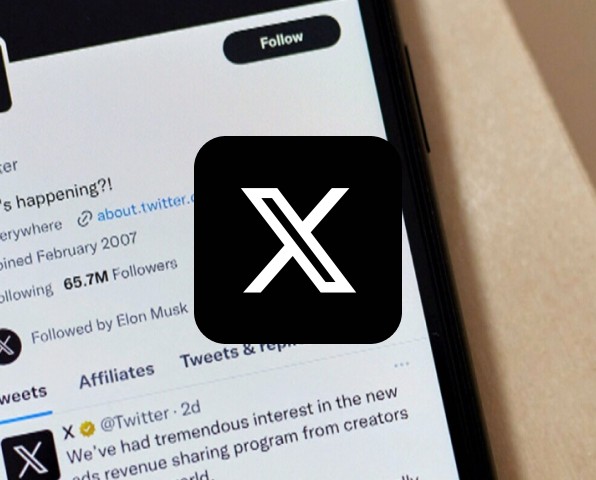
Twitter (or X, as the name changed in 2023) is a social media platform that allows users to share and discover information, ideas, and opinions through short messages called "tweets." With over millions of active users, Twitter has become a prominent communication tool, fostering real-time interactions, breaking news updates, and enabling individuals, businesses, and organisations to engage with a global audience. It could be qualified as a microblogging platform.
Website https://twitter.com/
Twitter can be a used as a great storytelling tool for several reasons:
Twitter's character limit of 280 characters per tweet challenges storytellers to be concise and creative. This constraint encourages the use of impactful language. The use of hashtags also allows you to categorise and organise your content, making it discoverable to a wider audience interested in similar topics. In addition to text, Twitter supports images, videos, and GIFs. You can use multimedia elements to enhance your narratives and make your stories more visually appealing. Twitter's thread feature also allows you to share longer narratives by linking multiple tweets together.
Twitter operates in real-time, allowing storytellers to share updates, news, and unfolding stories as they happen. This real-time aspect makes Twitter a good platform for live reporting, event coverage, and sharing immediate reactions. Direct interactions and engagement between you and your audience follows. Readers can respond, retweet, and engage with your tweets, providing instant feedback and creating a community around shared interest. Your stories on Twitter have the potential to go viral, reaching a vast audience far beyond the storyteller's immediate followers. So be careful and think twice before writing something there!
Website Link : https://twitter.com/
Twitter offers a platform for writers and storytellers to publish their short stories in bite-sized formats. With its character limit of 280 characters per tweet, Twitter challenges you to craft concise and engaging narratives in a few sentences. This approach to storytelling allows for quick and accessible reading, making it an opportunity for writers to showcase their creativity and connect with a diverse audience.
Step by Step How to publish a short story on Twitter:
Step-by-Step Guide to Publishing Short Stories on Twitter:
Twitter is easily accessible on various devices, including smartphones, tablets, and computers. This accessibility ensures that storytelling content can be consumed by audiences anytime and anywhere.
https://twitter.com/ - Desktop
https://apps.apple.com/us/app/twitter/id333903271 - IOS and Apple
https://play.google.com/store/apps/details?id=com.twitter.android&hl=en_US&pli=1 – Google Play